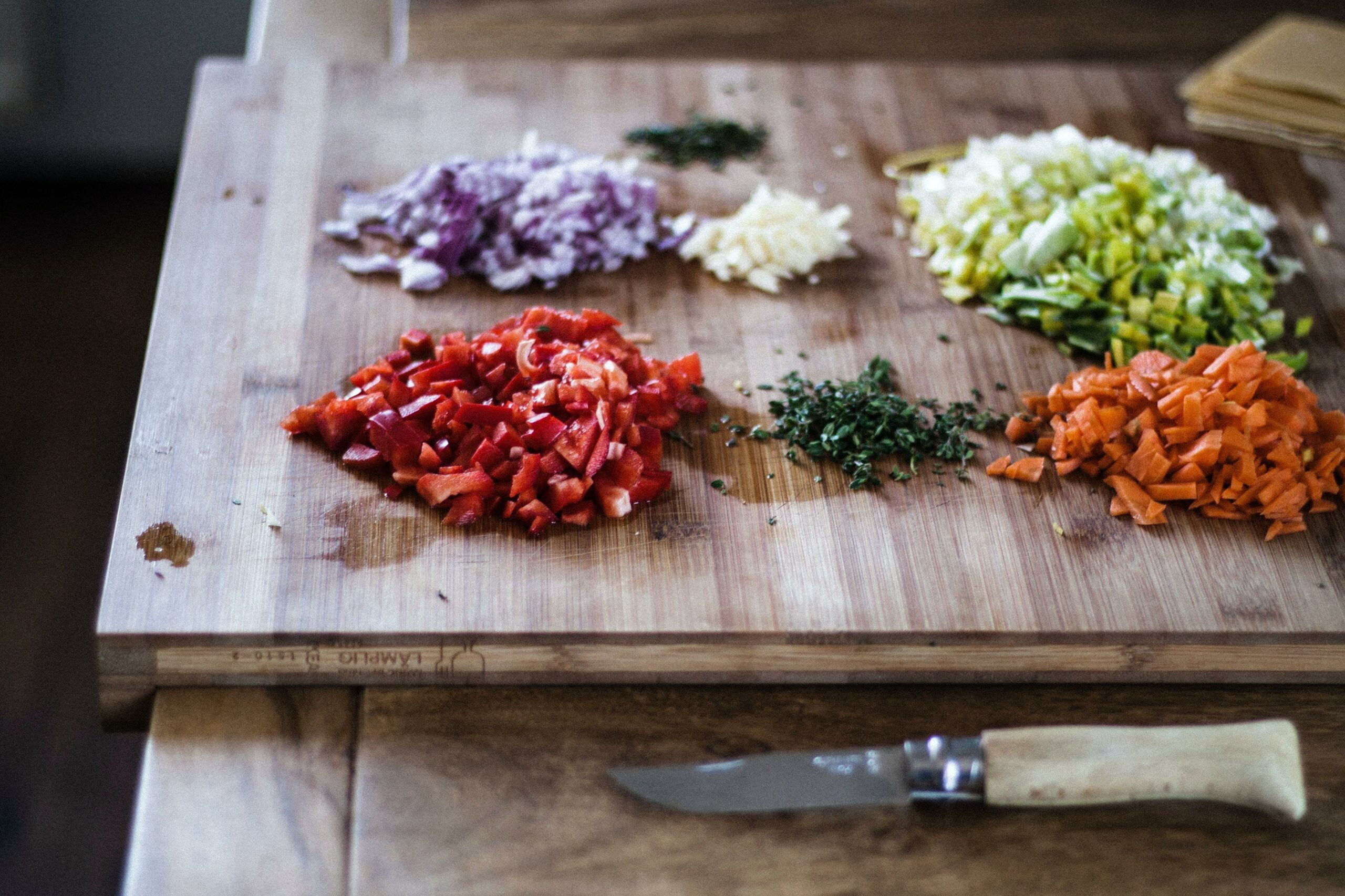Prepare to embark on a culinary journey like no other as we unveil Hungary’s hidden secrets and expose the terrifying truths behind its sensational cuisine. Brace yourselves for a thrilling adventure filled with bold flavors, unusual ingredients, and unique cooking techniques that will challenge and thrill your taste buds. As an experienced culinary adventurer, I have dedicated countless hours to exploring Hungary’s rich and vibrant culinary landscape, immersing myself in its traditional dishes and cultural nuances. Join me as we delve deep into the heart of Hungary’s culinary world, shedding light on the unknown and unraveling the mysteries that lie within.

Terrifying Truths about Hungary Cuisine
Hungarian cuisine is a tapestry woven with bold flavors, unusual ingredients, and unique cooking techniques that both thrill and challenge the taste buds. As an experienced culinary adventurer with a passion for exploring diverse cuisines, I have had the privilege of immersing myself in Hungary’s rich and vibrant culinary landscape. Throughout my extensive travels throughout the country and years of culinary expertise, I have uncovered some terrifying truths about Hungary cuisine that will shed light on this fascinating gastronomic world.
The Misconceptions Debunked
Let’s begin by unraveling some misconceptions about Hungarian cuisine. One of the most common fallacies is that all Hungarian dishes are inherently spicy. While Hungary is indeed known for its use of paprika, not every dish will set your taste buds on fire. Hungarian cuisine offers a wide range of flavors, from mild to bold, catering to all palates. Don’t be afraid to explore and discover the diverse taste profiles that this cuisine has to offer.
“Hungarian cuisine showcases a spectrum of flavors, not just spicy sensations.”
A Blend of Influences
Hungarian cuisine has been influenced by various cultures throughout history, making it a truly remarkable fusion of flavors. Austrian and Turkish cuisines have left their mark on Hungarian dishes, resulting in a unique culinary heritage. The Austrians brought their delicate pastries, while the Turks introduced spices and cooking techniques. Together, these influences have shaped Hungary’s diverse and vibrant cuisine, combining the best of both worlds.
“Hungarian cuisine is a delightful blend of diverse cultural influences, creating a symphony of flavors.”
Traditional Delights
To truly understand Hungary cuisine, one must savor its traditional dishes. Goulash, the national pride of Hungary, is a hearty stew that reflects the country’s rich agricultural heritage. Stuffed peppers and cabbage, filled with flavorful combinations of meat and rice, are staples of Hungarian cuisine. Casserole-type dishes, with layers of flavors and textures, are also prominent on every Hungarian food lover’s plate.
“Hungarian cuisine takes comfort food to a whole new level, embracing hearty and substantial dishes.”
A Balancing Act
While Hungarian cuisine is known for its indulgent and hearty meals, there has been a shift towards lighter and healthier alternatives in recent years. Hungarian chefs have successfully “lightened up” traditional dishes, offering the same bold flavors but with fewer calories. This evolution allows both locals and culinary enthusiasts to savor the essence of Hungary cuisine without compromising their health-conscious choices.
“Hungarian cuisine is continuously evolving to cater to modern preferences, offering a healthy twist on traditional delights.”
Trials and Tribulations
The legacy of Hungarian cuisine has not been without its challenges. During World War II and the communist era, Hungary faced shortages and a centralized economy, leading to difficult times for its culinary world. However, resilience prevailed, and the spirit of Hungarian cuisine persevered. Despite the hardships, the passion for creating exceptional dishes never waned, and today, Hungary continues to celebrate its gastronomic traditions.
“Hungarian cuisine is a testament to the resilience and passion of its people, triumphing over adversity to preserve its culinary heritage.”
A Bounty of Flavors
Hungarian cuisine boasts an abundance of ingredients, offering a wide array of flavors. Vegetables such as tomatoes, bell peppers, and onions grace many dishes, adding a vibrant touch. Meat lovers will delight in the various options, including pork, beef, and poultry, which feature prominently in Hungarian dishes. And let’s not forget the delightful realm of Hungarian desserts, where cakes and pastries reign supreme with their sweet and decadent allure.
“Hungarian cuisine is a treasure trove of flavors, showcasing the richness of its ingredients.”
The Essential Paprika
Paprika is the heart and soul of Hungarian cuisine. This humble spice, made from ground peppers, is not only a seasoning but also a condiment that adds depth, color, and warmth to various dishes. From soups to stews, paprika is the magic ingredient that elevates Hungarian cuisine to new heights. It embodies the essence of Hungary’s rich culinary tradition and is a must-have in every spice cabinet.
“Paprika is the fiery thread that weaves together the tapestry of Hungarian cuisine.”
In conclusion, Hungary’s culinary world offers a mesmerizing blend of flavors and traditions, beckoning food lovers to explore its terrifying truths and bold flavors. From debunking misconceptions to celebrating cultural influences, Hungarian cuisine is a captivating journey for the senses. It is a testament to the ingenuity and resilience of a nation, preserving its culinary heritage with every mouthwatering bite.
Bon appétit!
Hungary is known for its rich and flavorful cuisine, but did you know that there are some scary facts lurking behind their food? Brace yourself and click here to uncover the unsettling truths about Hungary’s culinary traditions: Scary Facts About Hungary Food. From blood sausages to creepy-crawly delicacies, this eye-opening article will leave you questioning what you thought you knew about Hungarian cuisine. Don’t miss out on this spine-chilling journey into the dark side of Hungary’s food scene.
FAQ
Question 1: What makes Hungarian cuisine unique?
Answer 1: Hungarian cuisine is unique because of its diverse flavors and the prominent use of paprika. It has been influenced by other cultures such as Austrian and Turkish cuisines, resulting in a fusion of flavors that sets it apart.
Question 2: Are there any misconceptions about Hungarian cuisine?
Answer 2: Yes, there are several misconceptions about Hungarian cuisine. One common misconception is that all Hungarian dishes are spicy, but in reality, the use of paprika can vary from mild to hot. Another misconception is that Hungarian cuisine is heavy and unhealthy, whereas modern Hungarian chefs have adapted traditional dishes to be lighter and healthier.
Question 3: What are some traditional Hungarian dishes?
Answer 3: Traditional Hungarian dishes include goulash, stuffed peppers, stuffed cabbage, and casserole-type dishes. These dishes are known for their hearty and substantial nature, making them popular choices for lunch.
Question 4: How has Hungarian cuisine evolved over time?
Answer 4: Hungarian cuisine has evolved over time to offer the same bold flavors with fewer calories. During World War II and the communist era, Hungarian cuisine suffered due to shortages, leading to a centralized economy. However, chefs have adapted by lightening up dishes while still preserving the unique flavors.
Question 5: What role does paprika play in Hungarian cuisine?
Answer 5: Paprika is an essential ingredient in Hungarian cuisine and is used both as a seasoning and a condiment. It adds flavor and a vibrant red color to dishes, enhancing the overall taste and visual appeal.
- SYBAU See You Baby Meaning: Gen Z Slang Evolves - July 1, 2025
- Unlock Your Inner Youth: Lifestyle Secrets for a Vibrant Life - July 1, 2025
- Decode SYBAU Meaning: Gen Z Slang Explained - July 1, 2025






